Science fiction writers and physicists alike have long-explored the idea of distant and amazing space travel beyond our solar system. Interstellar travel would enable space explorers to discover stars, exoplanets, and other celestial phenomena like black holes.
There is no law of physics that prohibits interstellar travel, but it would be very difficult. However, there have been many proposed methods, some of which are more likely to work than others.
What is Interstellar Travel?
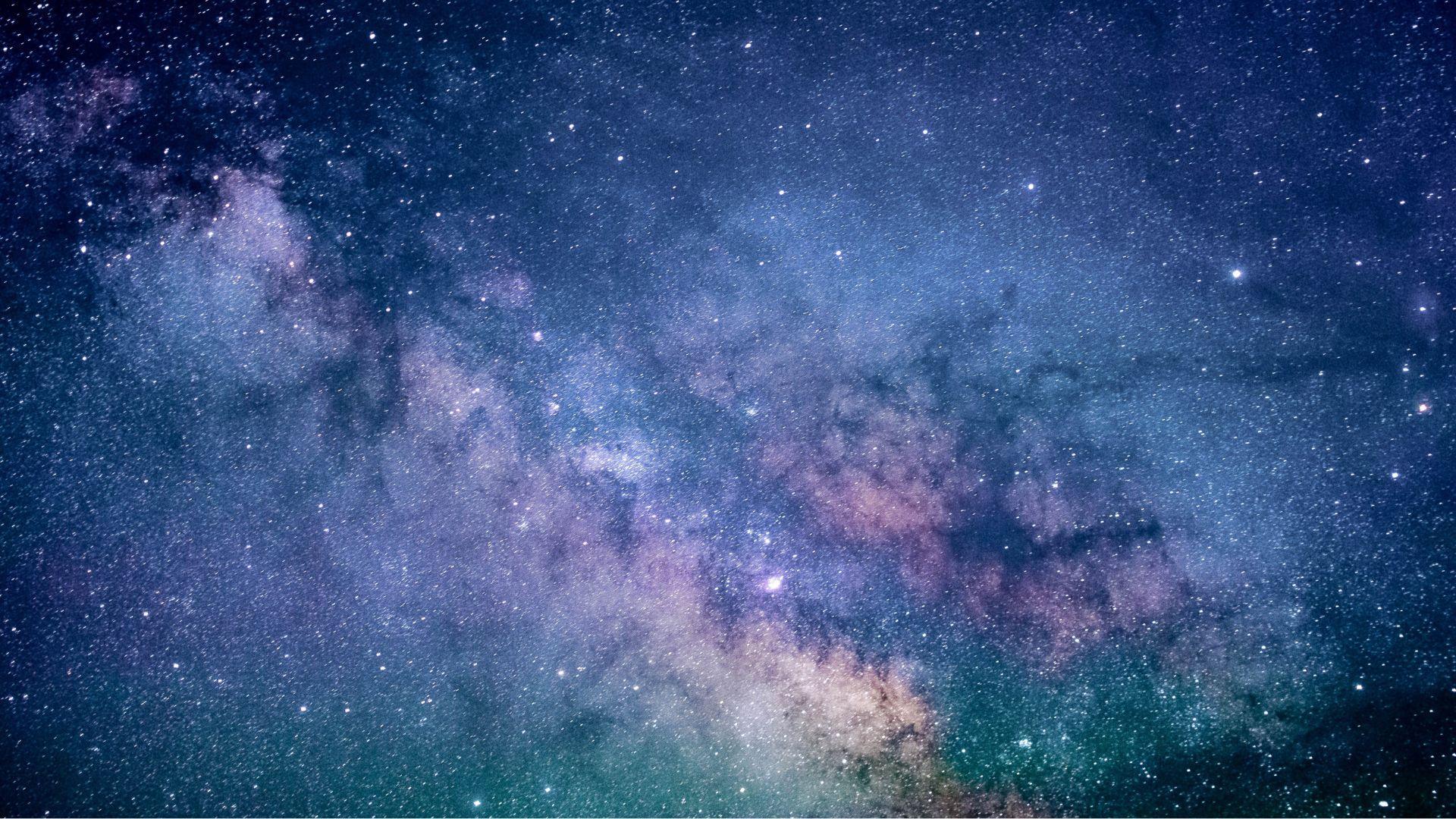
Interstellar travel is the hypothetical travel of spacecraft between celestial bodies, like stars, solar systems, or galaxies. There is an enormous amount of distance between these destinations.
It sounds like something out of science fiction, but many scientists believe that interstellar travel is theoretically possible—and, technically, we’ve already done it.
Technically, We’ve Already Done It
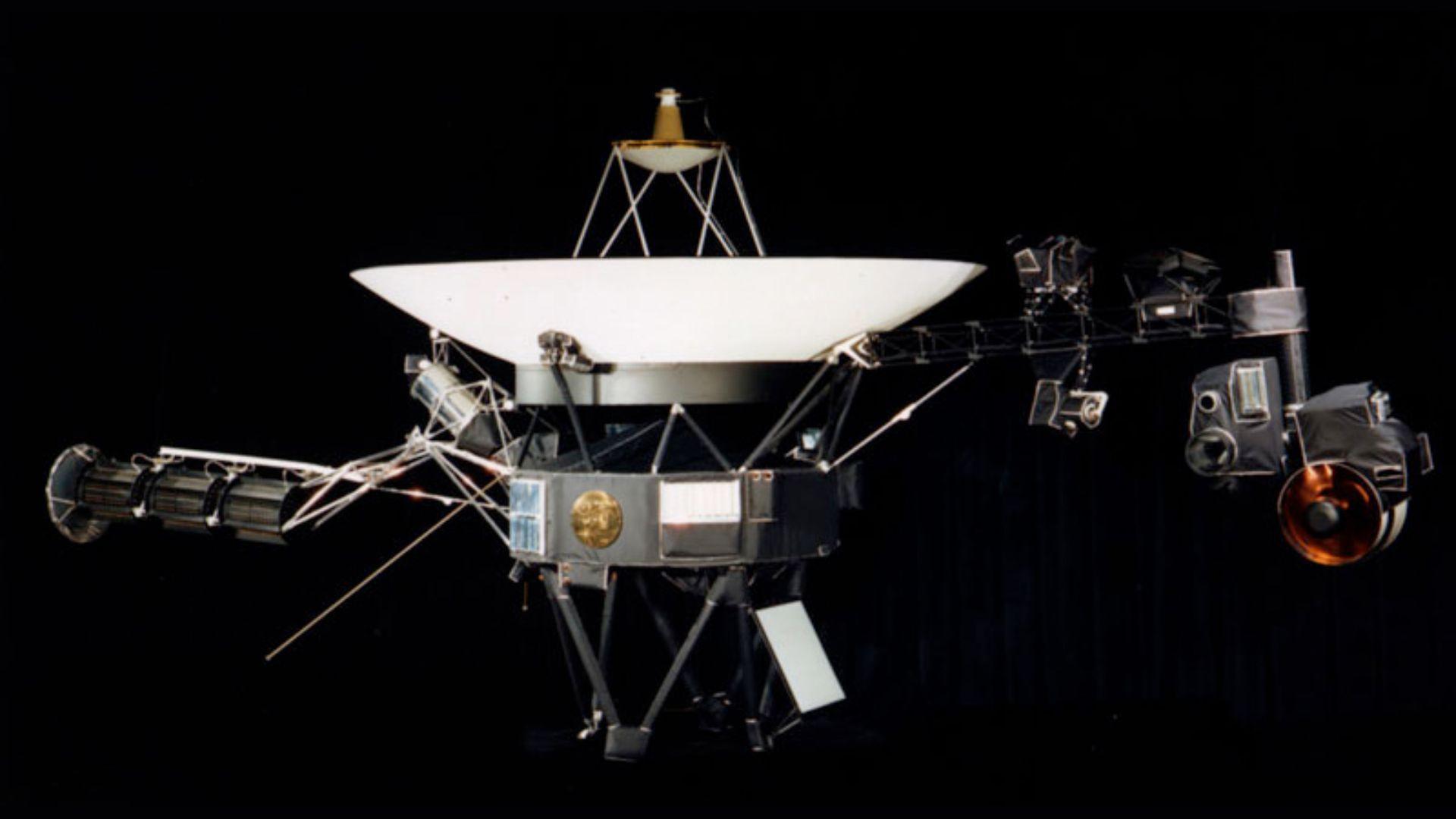
Technically, humans have already achieved a form of interstellar travel. In 2012, Voyager 1 entered interstellar space because it was able to pass through the heliopause. The heliopause is the boundary of our solar system. However, Voyager 1 is just a human-made object—no people are aboard it—and it went only slightly out of our solar system, nowhere near a distant celestial object.
Our nearest neighbor star is Proxima Centauri; it is roughly 4.2 light-years away. If Voyager 1 traveled about 36,000 miles per hour (which is within its capability), it would take it roughly 40,000 years to reach Proxima Centauri. If humans ever want to experience interstellar travel, then we have to figure out a more efficient way to do it. Here is a list of potential ways humans could achieve interstellar travel, ranked least to most likely.
Could We Travel Faster Than the Speed of Light?

According to Albert Einstein’s special theory of relativity, it is impossible to travel faster than the speed of light. The theory of special relativity has taught us that space and time are connected in a fundamental way and can become interchangeable.
Some may propose that Einstein is wrong and that a discovery could be made that renders this restriction moot. However, special relativity is one of the most well-tested theories in all of physics. Proving the theory wrong is most likely impossible.
But That’s Just a Theory… A Meta-Theory!

The concept of special relativity is extremely well-tested; it isn’t just a theory, it’s a meta-theory. A meta-theory is a set of requirements that help physicists to build other theories. Because some of these other theories seem incredibly plausible, special relativity is almost certainly correct.
Space and time are fundamentally connected. This connection between space and time puts the speed of light as the ultimate speed limit.
The Theory of Relativity and Interstellar Travel
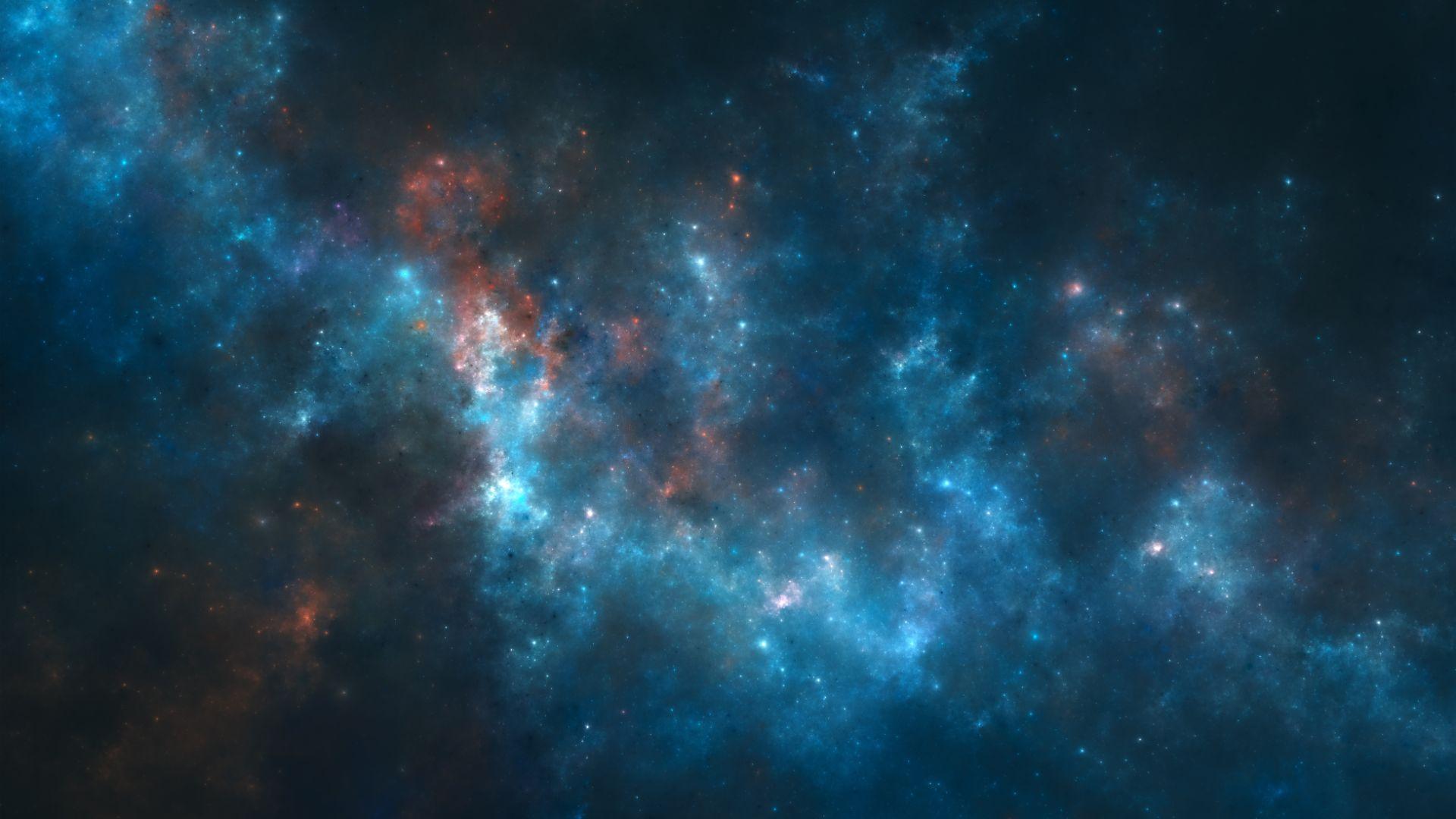
The theory of special relativity sets the fundamental groundwork for the relationship between the past, present, and future. Going faster than the speed of light would allow for the possibility of going back in time, which scientists believe to be impossible in our universe.
Because basically every other modern physics theory is built on relativity, every time a scientist tests one of their theories, they also test relativity. It is theoretically possible that we are wrong about the fundamental structure of spacetime, but all things considered, we’re probably right. Therefore, it would be incredibly unlikely to achieve interstellar travel by going faster than the speed of light.
Wormholes

Wormholes are basically space shortcuts that connect two points in the universe. No wormhole has actually been discovered, but they are a theory consistent with Einstein’s theory of general relativity. Wormholes would be able to bend spacetime in a very peculiar way to enable what would basically be teleportation.
Although this would seem like an incredibly convenient way to travel within our universe, wormholes would be catastrophically unstable. According to physicists, if literally anything tried to travel into a wormhole, it would instantly tear itself apart. Although our future descendants could first discover real-life wormholes and then find a way to stabilize them to allow for interstellar travel, this method is very unlikely to work.
Generation Ships
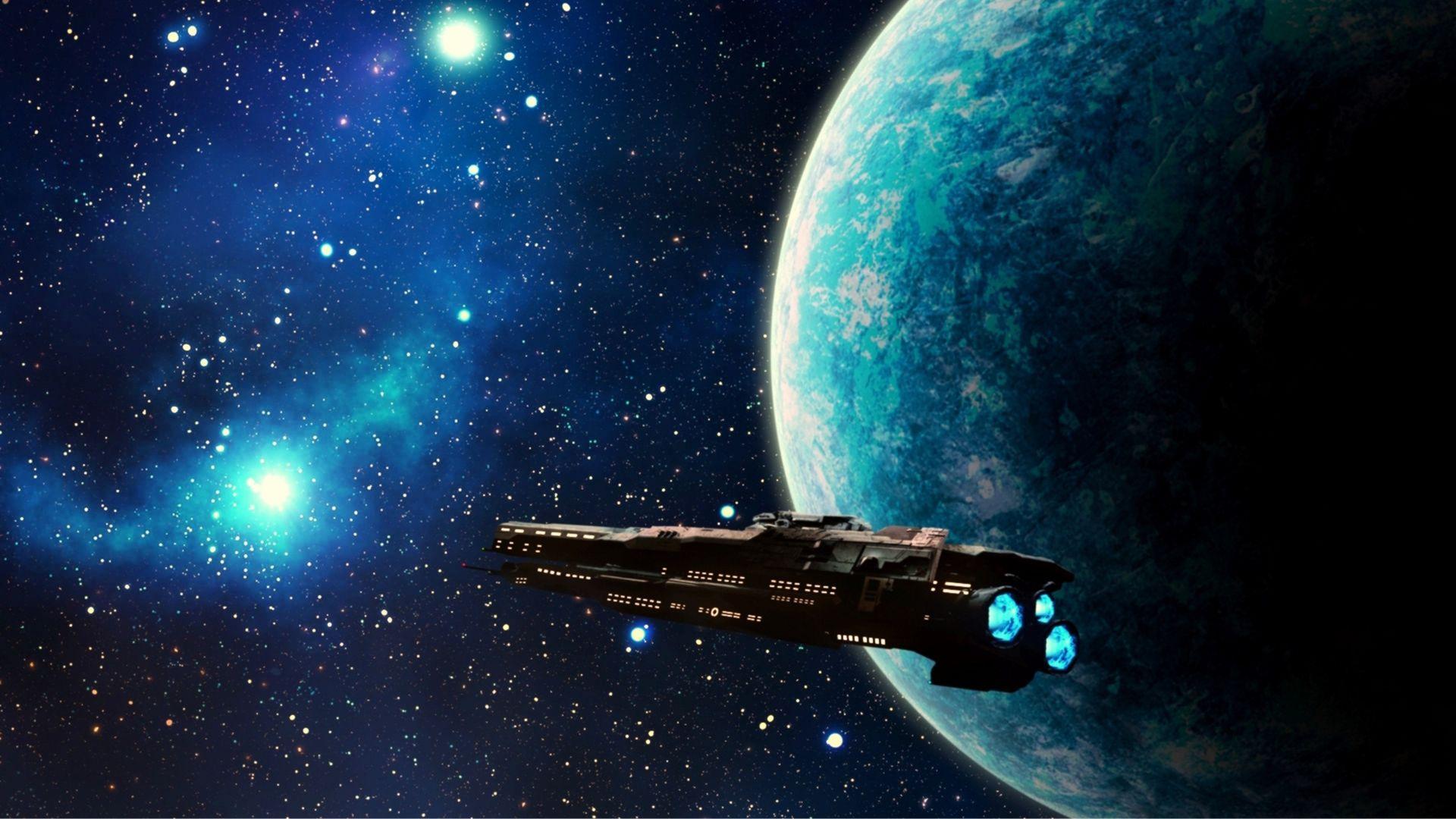
Unfortunately, there does not seem to be any quick and easy way to travel the universe, so we would have to take our sweet time. Sending a spacecraft to travel towards another star is not an issue of physics, but it does pose many engineering challenges. One idea for the extremely lengthy trip to another star is to build a generation ship.
A generation ship would be an enormous, self-contained city-vessel where most of the generations of passengers would never live to see their destination. Considering that it would take Voyager 1 40,000 years to reach Proxima Centauri, our nearest star (aside from the Sun, obviously), literally hundreds of generations would have to live on this ship. These hundreds upon hundreds of generations would have to be entirely self-sufficient without additional sources of water, food, fuel, or spare parts. This method of interstellar travel is theoretically possible, but is also highly unlikely.
What if We Just Go Really Fast?
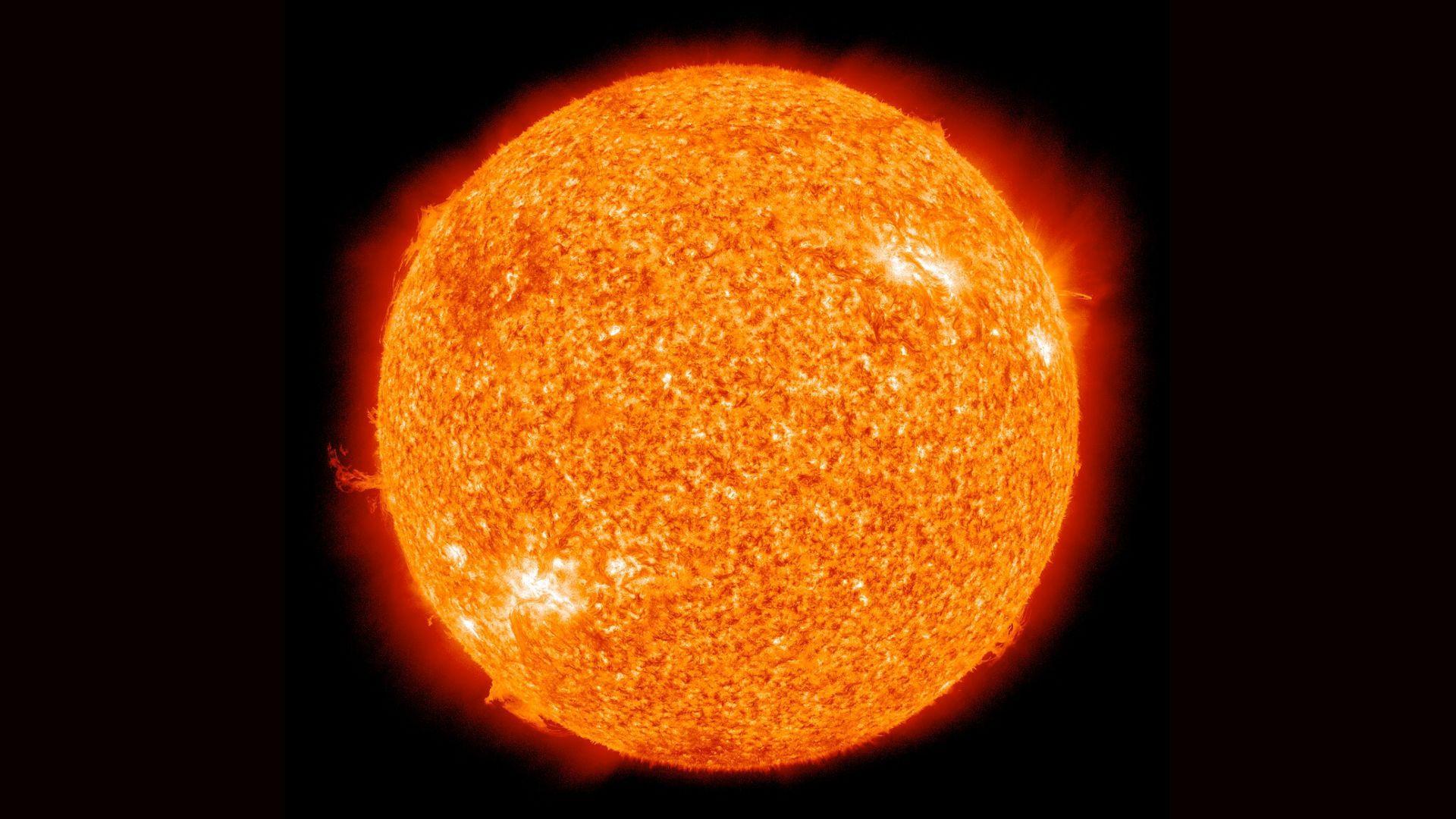
What if there was some way to go faster than Voyager 1 but not as fast as the speed of light? To go as fast as possible, a giant spaceship would simply not work; it would need to be small and efficient. Additionally, the spacetime continuum would actually help an interstellar traveler: the faster an object advances in space, the slower it moves in time. As an object approaches the speed of light, time for the rest of the universe is much, much quicker than the experience of the very fast object.
Unfortunately, the time-slowing effects only exist once an object progresses to more than 90% of the speed of light. Humanity hasn’t come close to achieving this. Getting a human-sized spacecraft to 90% of the speed of light would probably require more energy than the Sun produces in a thousand years. Therefore, this method probably isn’t impossible, just pretty unlikely.
Will We Ever Be Able Travel Amongst the Stars?

All things considered, we probably won’t be achieving human interstellar travel any time soon. Although there are several methods that would theoretically work, they’d be impossible in modern practice.
Luckily, our solar system is an enormous and wonderful place. There are many planets and hundreds of moons to explore and thousands of asteroids to study. Heck, we haven’t even gotten someone to Mars yet. Maybe by the time we’ve thoroughly and completely exhausted the study of the solar system we call home, we’ll finally figure out an efficient way to travel beyond the heliopause.

